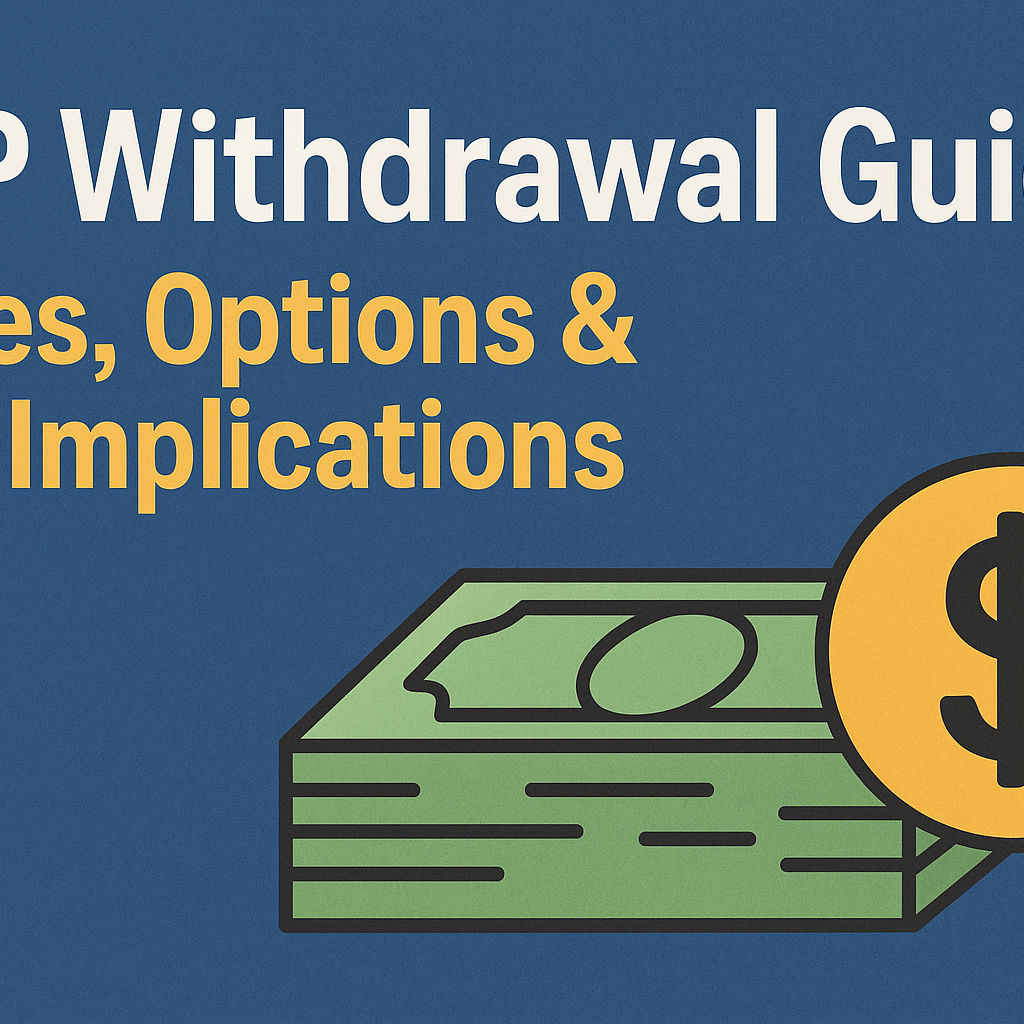Avoiding TSP Withdrawal Penalty with SEPP
It’s no secret that you can avoid the 10% TSP withdrawal penalty on federal retirement plans like the TSP if you retire upon reaching age 55 (or later). However, if you are not yet at this stage and you’re still interested in retirement/separation from federal service, there may be a way to avoid the TSP Early Withdrawal Penalty. It’s called SEPP.
Substantially Equal Periodic Payments (SEPP) and the IRS allows you to take these payments in three ways under which the TSP early withdrawal penalty won’t apply. One is amortization, the other is annuitization, and the third one is the Required Minimum Distribution (RMD) method.
First, it should be mentioned here that SEPP is a long-term plan. If you have a short-term need for money, it may be more advisable to try for a TSP loan or another such mechanism that won’t have such a long-term impact on your account. SEPP requires you to continue the chosen method for at least five years, or until you reach 59.5, whichever is longer. The idea is that you start getting your money early but you can’t change the distribution method unless you would be willing to accept the 10% penalty.
TSP Withdrawal Penalty and How to Calculate SEPP Amounts
Each of the three SEPP methods uses life expectancy and other factors to calculate the amounts you may receive, and the results are different for each one. For instance, under RMD, the annual payment is re-determined each year using the account balance and a life expectancy.
You can start receiving SEPP distributions immediately as a penalty-free TSP withdrawal. The only catch is that you must stick to this plan for five years, or until you reach the age of 59.5, whichever comes last.
The fixed amortization method similarly consists of an account balance amortized over a specified number of years equal to life expectancy and an interest rate of not more than 120% of the federal mid-term rate.
The fixed annuitization method consists of an account balance, an annuity factor, and an annual payment. The annuity factor is calculated based on a mortality table and an interest rate of not more than 120% of the federal mid-term rate.
Because of the complexity of SEPP withdrawals, we highly recommend you contact your CPA prior to engaging in any such strategy discussed, or seek out the best TSP advice you can find to assist you through this rather difficult process.
Related Post
Related TSP Admin Posts

TSP Withdrawal Guide: Rules, Options & Tax Implications
The Thrift Savings Plan (TSP) is a retirement savings plan designed for federal employees and…
Read More
TSP Annuity vs. Monthly Payments – Strategies and Goals
Apart from a single payment as a lump sum amount for immediate spending, other Thrift…
Read More


